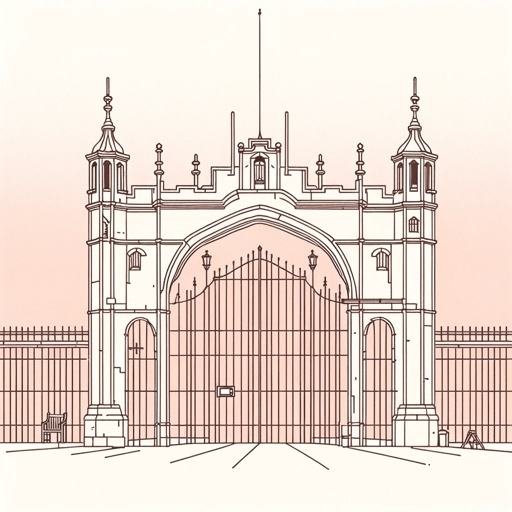61 pages • 2 hours read
Charles DickensLittle Dorrit
Fiction | Novel | Adult | Published in 1857A modern alternative to SparkNotes and CliffsNotes, SuperSummary offers high-quality Study Guides with detailed chapter summaries and analysis of major themes, characters, and more.
Background
Cultural Context: Class in Victorian Britain
Little Dorrit is, first and foremost, Dickens’s satire of the class system in 19th-century Britain. Though the Victorian era saw some flexibility in class structure, many previous notions about social and economic classes persisted from even more conservative times. A person’s position in society was primarily determined by two things: birth and wealth, with the former typically being more important. The upper classes in society were made up of those who were considered “high-born” or “well-bred” and had inherited wealth, land, or titles within the family. A common notion among these classes was that labor was incompatible with gentility. Those who earned their wealth—even if they were wealthier than those who inherited it—were typically considered to be a step down from the highest classes. Though notions about earning a living were changing in the Victorian era with the expansion of industrialization, the stock market, and the middle class as a whole, this burgeoning middle class was kept out of the upper crust of society unless they made the proper connections or had a title conferred upon them.
The people who made up the lower and working classes, on whom many of Dickens’s novels tend to focus, were highly disadvantaged compared to the wealthy and well-bred.
Related Titles
By Charles Dickens
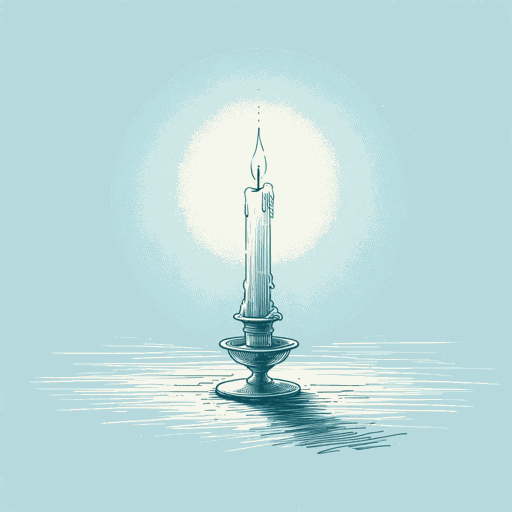
A Christmas Carol
Charles Dickens
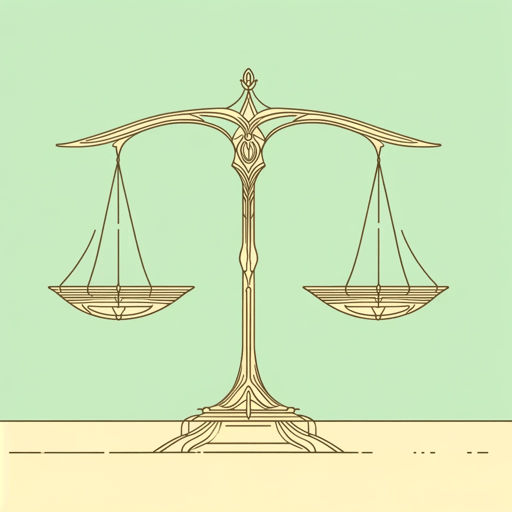
A Tale of Two Cities
Charles Dickens
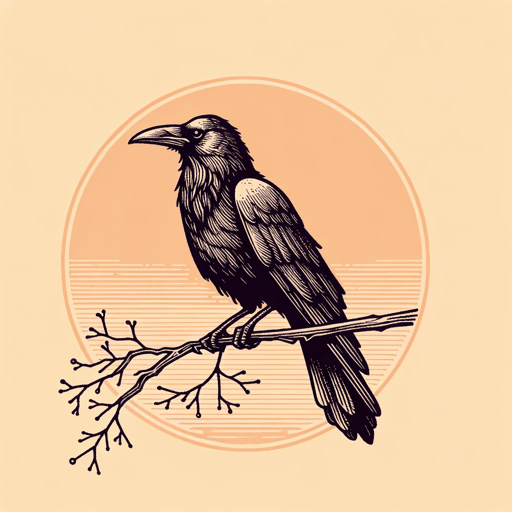
Barnaby Rudge: A Tale of the Riots of Eighty
Charles Dickens
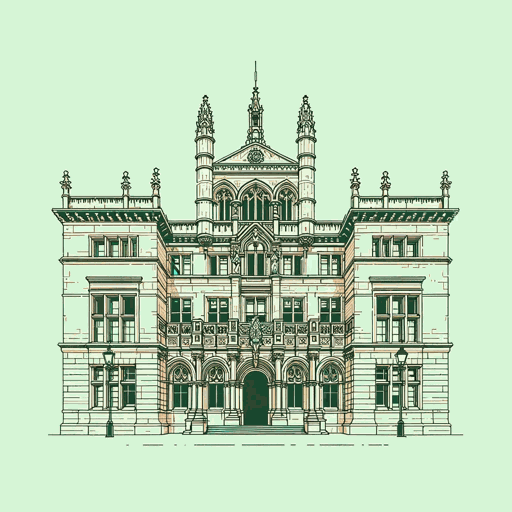
Bleak House
Charles Dickens

David Copperfield
Charles Dickens

Dombey and Son
Charles Dickens
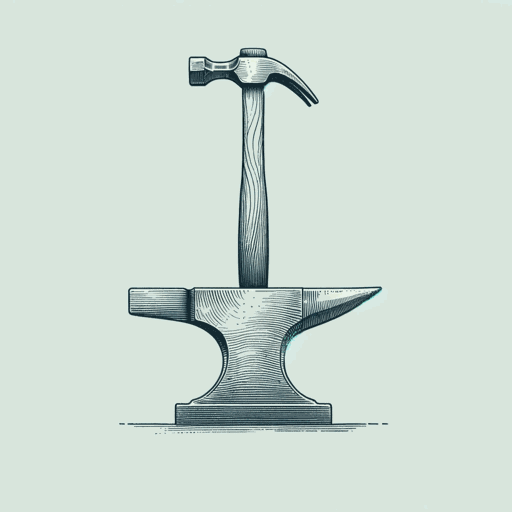
Great Expectations
Charles Dickens

Hard Times
Charles Dickens

Martin Chuzzlewit
Charles Dickens

Nicholas Nickleby
Charles Dickens

Oliver Twist
Charles Dickens

Our Mutual Friend
Charles Dickens
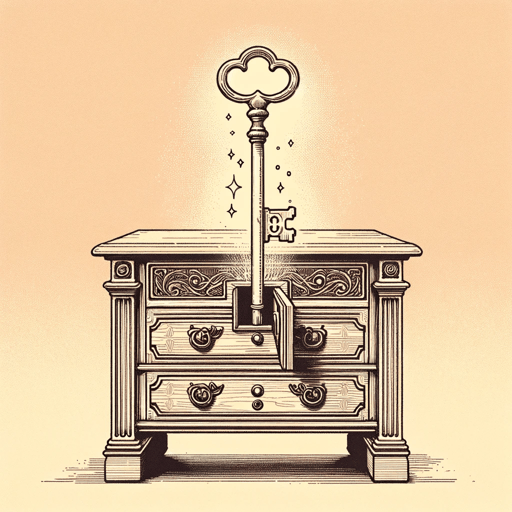
Pickwick Papers
Charles Dickens

The Mystery of Edwin Drood
Charles Dickens
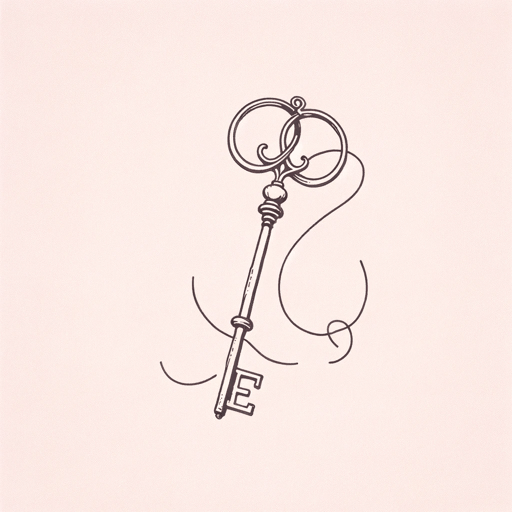
The Old Curiosity Shop
Charles Dickens
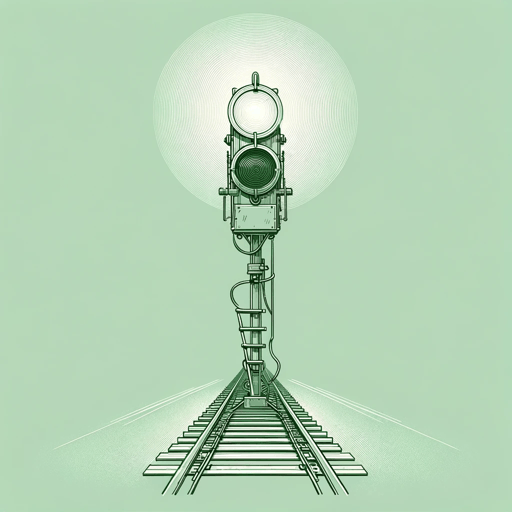
The Signal-Man
Charles Dickens
